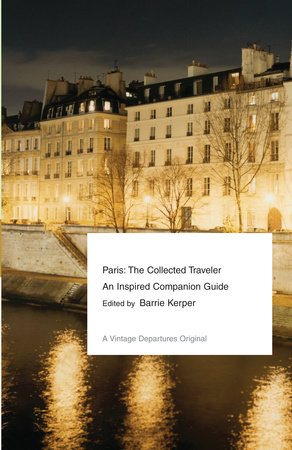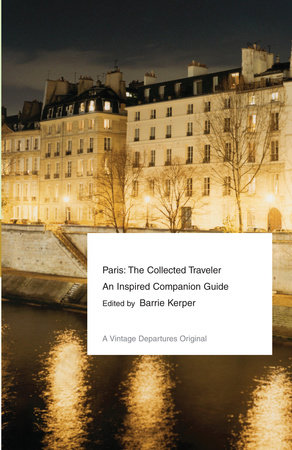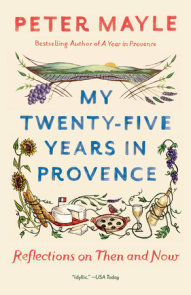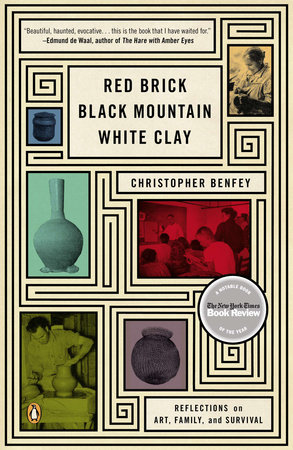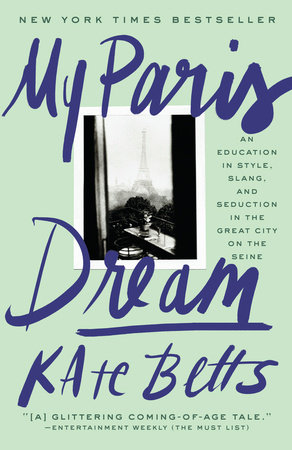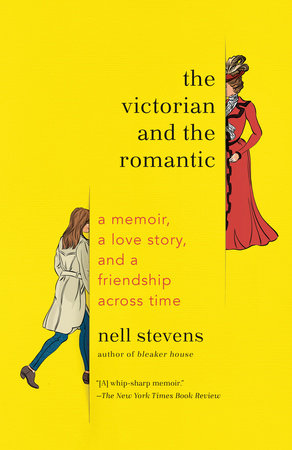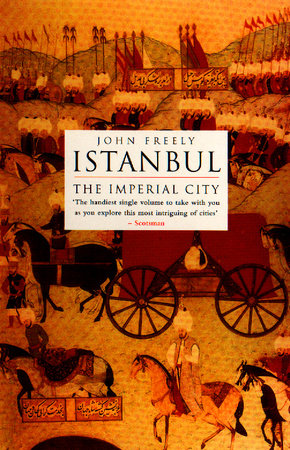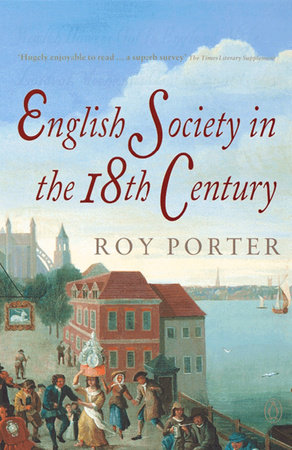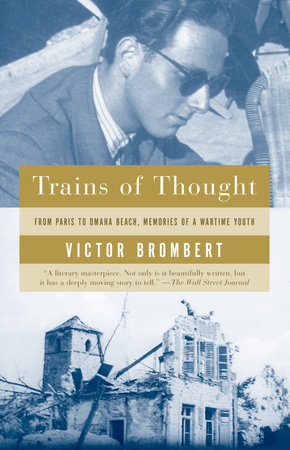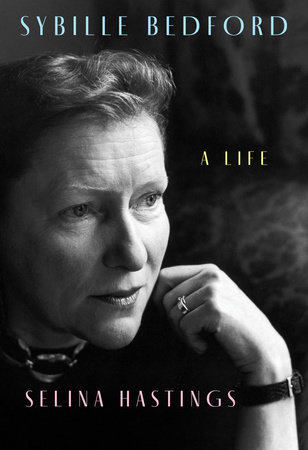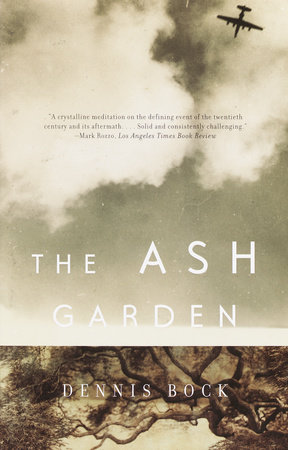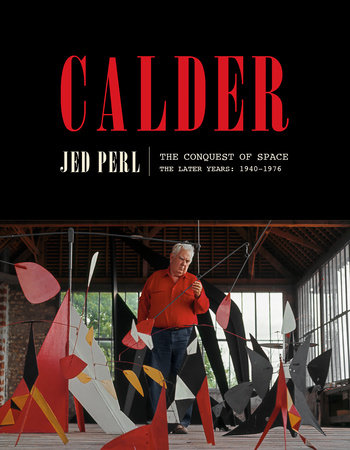Barrie Kerper’s Paris Top 10
*Arènes de Lutèce: I love going to buy provisions at the rue Mouffetard street market (in operation Tuesday through Sunday) and then take my pique-nique to this stone amphitheater in the Latin Quarter. Built by the Romans, it’s a beautiful spot to sit and relax in every season unless it’s raining or bitterly cold. There are entrances at both 47 rue Monge and rue de Navarre.
*Musée National du Moyen-Âge: Housed in the Hôtel de Cluny (and often still referred to simply as Cluny), this Museum of the Middle Ages is on the site of ancient Roman baths and was the abbey of the order of Cluny. The garden here is beautiful, and among the museum’s treasures are the Lady and the Unicorn tapestries and the Pilier des Nautes (Pillar of the Boatmen) – that was found under the choir of Notre-Dame in 1711. The Pilier is a four-sided altar dedicated to Jupiter and some other Roman and Gallic deities, and it was erected by the Parisi river merchants and sailors. It is no coincidence that Paris’s coat of arms is a boat motif borrowed from the seal of the Watermen’s Guild, appointed by Louis IX in 1260 to administer the city; in the sixteenth century, the Latin motto Fluctuat nec mergitur (“Buffeted by the waves, we shall not sink”) was added, and it remains today. The baths and the Arènes de Lutèce are the best preserved Roman remains in Paris.
*Museums: of course the Louvre (especially the Grande Galerie and the original stone fortifications) and of course the d’Orsay (be sure to buy a copy of A Fuller Understanding of the Paintings at Orsay by Francoise Bayle in the bookstore) and of course the Carnavalet (it’s the Museum of the History of Paris, after all), but also the smaller gems that Paris has in spades: the Musée Rodin, Musée Cognacq-Jay, Musée Marmottan, Musée Jacquemart-André, and the Musée Delacroix.
*Père-Lachaise: this enormous cemetery in the 20th arrondissement (boulevard de Ménilmontant and avenue Gambetta) is one of my most favorite “monuments” and whenever I recommend it to visitors they always thank me. Its size is not what makes it remarkable – though it’s one of the world’s largest cemeteries – but, as Alistair Horne notes in Seven Ages of Paris, “it contains probably more of France’s past than any other forty-four hectares of her soil. In it resides a whole history of Paris, indeed of France herself, in marble and stone.”
*Cooking schools and foodie tours: there’s no doubt that ‘At Home With Patricia Wells’ is an outstanding, once-in-a-lifetime cooking experience. Classes are held in her rue Jacob cooking studio, for five days, with a maximum of seven participants, and they include visits to markets and restaurants. But they sell out fast, so if you can enroll in one, you’ll likely be doing it about a year in advance (www.patriciawells.com). But food writer Wendy Lyn of The Paris Kitchen (www.thepariskitchen.com) is another stellar name in the culinary world of Paris, and not for nothing was she named “One of the Top Ten Culinary Guides in Europe” by The Wall Street Journal. In Wendy’s words, The Paris Kitchen site was born “with the idea that there is no single kitchen that defines Paris – Paris the city inspires the great guys and gals working in the kitchens all over town.” Wendy (who has lived in Paris for almost 25 years) leads small (four people maximum) food and wine walks that are fabulous. But they’re also quite popular, and require advance confirmation.
*The hotel trio of Verneuil, Thérèse, and Récamier (www.hotelrecamier.com). These three hotels are owned by Sylvie de Lattre, who is one of the most stylish and savvy women I’ve ever met. The Verneuil (in the 7th) has been beloved by many North American travelers over the years, while the Thérèse (on the right bank) has had a loyal international following, especially by business travelers. But the Récamier, reopened (after a renovation) in 2009, is the jewel of the group, located on place Saint-Sulpice. Right now this is my favorite hotel “group” because I think the Verneuil and Thérèse are very good value inns with a lot of character in great locations, and the Récamier is a hugely appealing boutique hotel in a hugely desirable location. I constantly recommend all three, and everyone raves to me about how much they love them.
*Verlet (256 rue Saint-Honore, 1st) is on one of Paris’s most fashionable rues but I find its prices quite reasonable. You can stop in here to purchase coffee beans, loose tea, candied fruit, cakes, confiture, peppercorns, vanilla, etc., but you can also sit down for a spell at small tables in quiet surroundings. Founded in 1880, Verlet offers four house blends and 20 single-origin coffees, as well as nearly 50 kinds of tea. I wish it opened earlier in the morning (9:30) but I’ve been known to plan my itinerary around its hours (closing is at 7:00 p.m., and the café is also closed Sunday and August).
*La Patisserie des Rêves (93 rue du Bac, 7th) is, as its name suggests, a pastry shop to dream about. It is not like any other patisserie I’ve ever been in, and it is truly, truly delicious. The pastry king behind this venture is Philippe Conticini, and some of his creations are displayed under glass cloches (bells) in this colorful shop. I’ve only been to the rue du Bac location, but there is another in the 16th at 111 rue de Longchamp (metro: Victor Hugo). This bigger space also has a tearoom, which I will be sure to visit next time. The really good news if you end up loving this patisserie as much as I do is that there is a really cool store, Maisons des Rêves (11 rue Coëtlogon, 6th) also owned by the entrepreneur Thierry Teyssier, founder of this entire enterprise that also includes a handful of exquisite looking hotels: Romaneira (Portugal), Paraty (Brazil), and Dar Ahlam (Morocco). www.maisonsdesreves.com.
*Institut du Monde Arabe (1 rue des Fosses-Saint-Bernard, 5th / www.imarabe.org) is one of the most vibrant museum-cultural centers anywhere in the world, and the front façade of the building is one of the most unique: it’s completely covered with metal panels that appear to open and close throughout the day based on the sunlight moving across the façade. The panels are meant to replicate moucharabieh, an element of traditional Arabic architecture in private homes and palaces. Moucharabieh were typically carved of wood in a latticework pattern and were on the second floor of buildings; women could look out through the lattice without being seen. The bookstore here is excellent, as are the exhibits and events, and on the top floor is Ziryab, an outdoor terrace specializing in Lebanese cuisine with the added bonus of a great view.
*Lastly, leave the city! The surrounding Ile-de-France region — as well as the neighboring regions of the Loire Valley, Burgundy, Champagne, Normandy, and, further afield, Brittany – are all beautiful and all worthy of a day trip (or longer). Among the very best resources for planning are An Hour From Paris by Annabel Simms (Pallas Athène, 2008); Food Wine Burgundy by David Downie and Alison Harris (The Little Bookroom, 2010); and I’ll Never Be French (No Matter What I Do) by Mark Greenside (Free Press, 2008), which is dedicated to Brittany (and note that Mark shares his personal list of Brittany favorites in my book).


